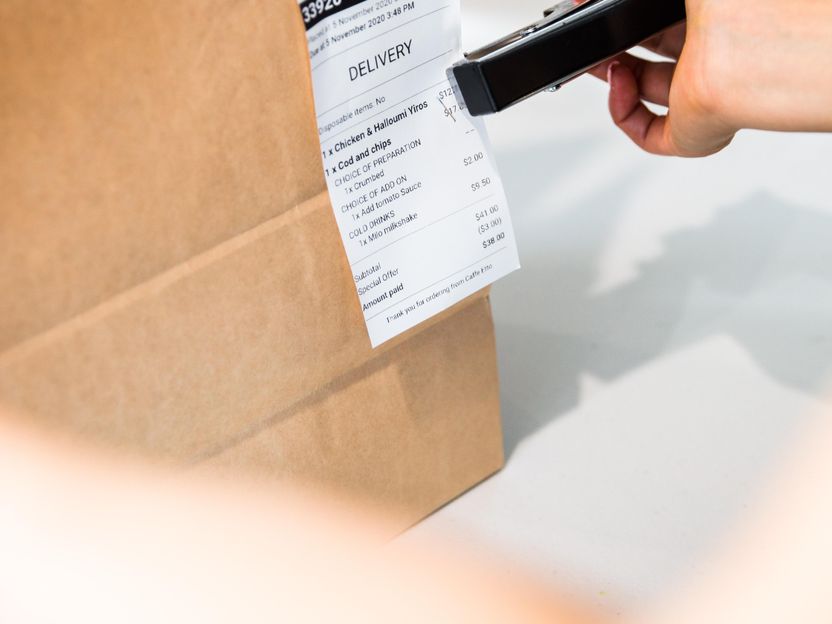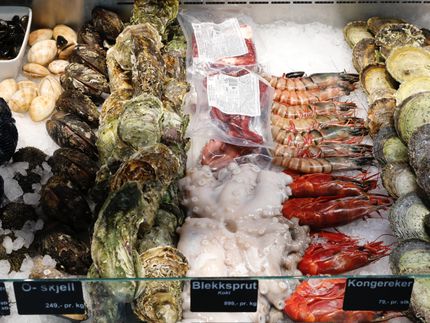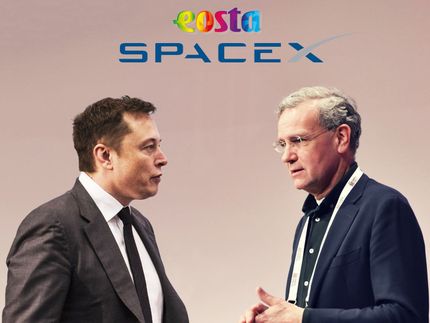Suppliers wrestle for the grocery business on the Internet
In the next five years, the global market volume will continue to grow strongly
Billions invested, aggressive new entrants, profitability dilemma: Online grocery is booming, but at the same time is marked by disruptive changes. In 2021 alone, capital providers have invested around 14 billion US dollars worldwide in quick commerce providers such as Gorillas, Getir and Gopuff. In addition, aggregators such as Deliveroo and DoorDash are increasingly blurring the lines between meal delivery and food ordering. In this context, both challengers and traditional retail groups will have to expand their capacities to cope with the high growth in this segment. For example, the German market is expected to grow to €14 billion by 2026, 2.1 times the previous peak during the pandemic. Over the same period, the volume in the U.S. is expected to rise to as much as $178 billion and in China more than $628 billion. This is revealed in the study "Online Grocery Strategy: A Reality Check for Disruptors and Incumbents" by international management consultancy Bain & Company.

Photo by S O C I A L . C U T on Unsplash
"Online grocery has become a billion-dollar growth market around the globe as more and more people use delivery services even after corona-induced lockdowns," explains Miltiadis Athanassiou, Bain partner and co-author of the study. "However, recent investments in instant delivery services by no means mean that the new entrants will necessarily gain the upper hand." Rather, he said, all market participants face the same challenge: to compete and be profitable in the long run.
Facing the facts
The Bain study outlines three issues that neither established omnichannel retailers nor quick commerce providers should close their eyes to. The reason: they will significantly influence the business model of all companies involved in online grocery in the future.
1. omnichannel providers benefit from economies of scale and customer proximity.
Despite the convenience of the Internet, most online shoppers continue to buy in parallel from traditional grocery retailers. In France, this is true for 93 percent of the customer base, and even in the highly developed online market of China, the figure is still 89 percent. The established retail groups that have an omnichannel profile therefore benefit from their economies of scale and close customer ties. They know the needs and shopping habits of consumers because they offer them a broader range of products. According to the study, omni-channel shoppers in the U.S. spend an average of $131 a month on groceries - online-only shoppers shop for $79. By contrast, shoppers who only use bricks-and-mortar retail spend an average of just 63 U.S. dollars per month there. In addition, customer loyalty in the omnichannel segment, as measured by Bain's Net Promoter ScoreSM (NPS®), is significantly higher than that of purely online or offline shoppers.
Another advantage is the close business relationships that consumer goods manufacturers have with the major omnichannel providers. The latter generate more sales with them and profitability is also better - at 17 to 22 percent, the profit margin (EBITDA) is about twice as high as with sales purely via online channels. "Manufacturers often offer more favorable conditions to retail chains than to start-ups," states Marie-Therese Marek, Associate Partner at Bain and retail expert. "Nevertheless, incumbents need to remain vigilant in the face of challengers' agility and immense data know-how."
2. All market players need to improve profitability.
The rapid growth of online grocery is creating a profitability problem for established retail chains. This is because profit margins in this sales channel are significantly lower than in bricks-and-mortar retail. This is where the traditional market leaders can learn from the challengers, who now demand a minimum purchase volume or charge fees for their online services. At Amazon in the USA, for example, each grocery delivery from the "Whole Foods Market" range costs just under ten US dollars - in addition to the annual Prime subscription.
But quick commerce providers also need stricter cost management. Their darkstore models, i.e. direct sales from the warehouse, are still not profitable across the board. And expenses for acquiring new customers remain at a high level due to discount campaigns. Against this backdrop, instant delivery services need to increase sales per order, boost their darkstore sales and delivery frequency, and further improve service quality. They could also expand their product mix to include non-food items and consider cooperating with established retail chains or aggregators.
3. Efficient order processing and delivery remain a core issue.
Over the next few years, all market players will need to significantly expand their delivery capacity in the face of rapidly rising demand. "To compete, grocers will need different regional models for their growth plans, based on the population density of the catchment area," says industry expert Marek. "In addition to existing click-and-collect solutions in brick-and-mortar stores, they should focus more on automated order fulfillment for assembling and packaging products."
Furthermore, traditional omni-channel providers could cooperate with delivery service apps to create additional capacity in the short term and get a grip on the high costs of transport to the doorstep. However, they would have to accept disadvantages such as the loss of margin and direct customer contact.
Act swiftly and boldly
"Even if all companies active in online grocery have to solve the most pressing challenges for them individually, they should by no means delay the necessary strategic decisions simply because they fear the risk of bad investments," emphasizes Bain partner Athanassiou. "The order of the day is to invest boldly in new services and high-tech solutions to set themselves apart from the competition." In the process, he says, cooperative ventures and equity investments are also conceivable in key markets. "And as part of a wave of consolidation," he adds, "acquisitions could also be on the agenda of the major retail groups."
Note: This article has been translated using a computer system without human intervention. LUMITOS offers these automatic translations to present a wider range of current news. Since this article has been translated with automatic translation, it is possible that it contains errors in vocabulary, syntax or grammar. The original article in German can be found here.




























































